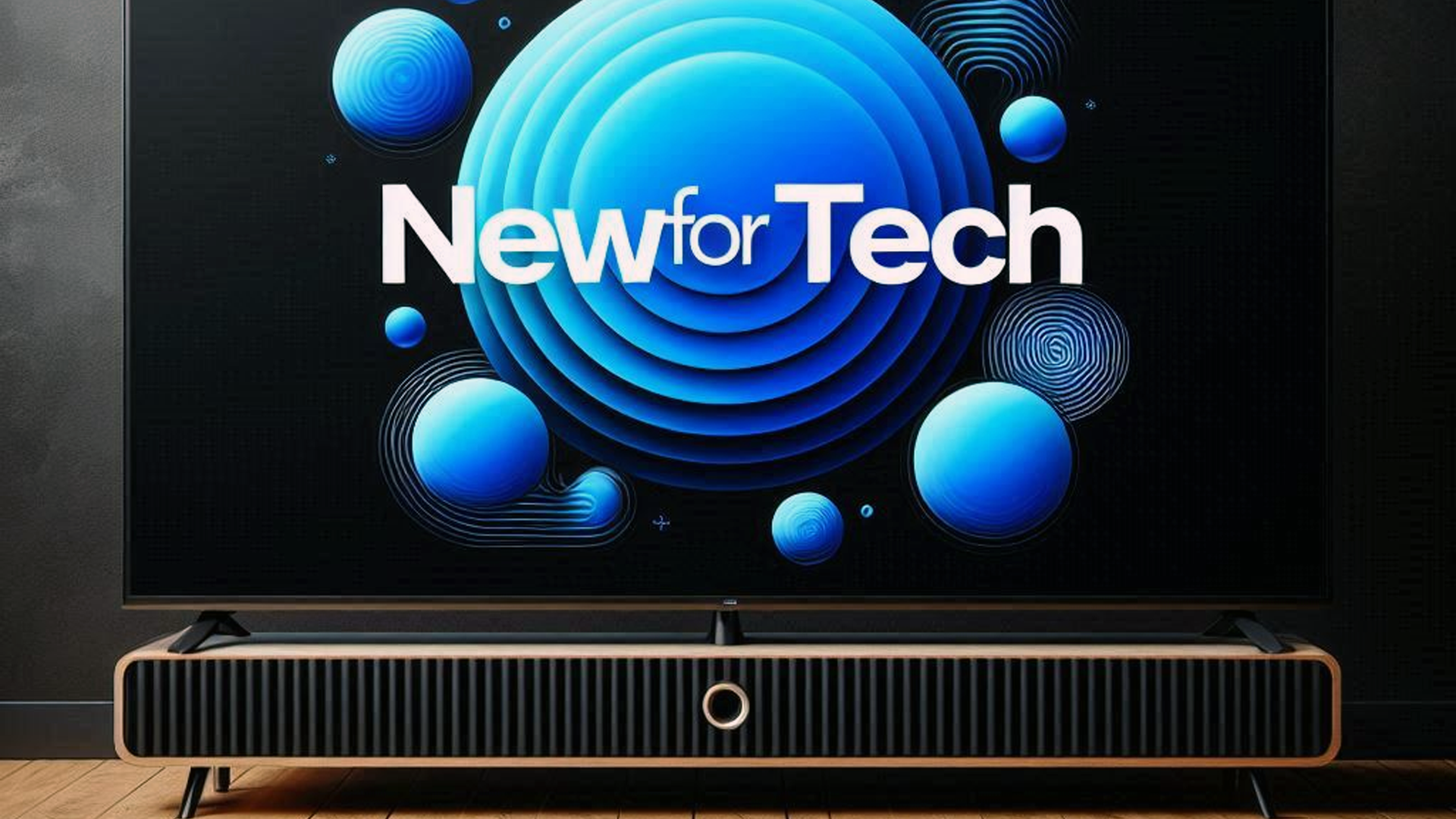The outlook for 8K TVs has become more convoluted over the last few years. Some of the biggest players, including LG, Samsung, Sony, TCL, and Hisense, initially threw their weight behind 8K technology in a bid to future-proof their TV products. Although this technology was initially met with a lot of fanfare, 8K TVs have still not reached the level of adoption that so many people envisioned for them. This piece will explain why, and it will examine recent developments that could change everything for 8K TVs.
Why 8K TVs haven’t taken off yet
Of course, one of the major reasons that prevents 8K TVs from being implemented on a large scale is certainly their high price. Compared with 4K TVs, 8K models might cost nearly twice as much. For instance, the flagship 8K TV coming out in 2024 from Samsung is the QN900D, which will set customers back about $4,999 / £4,999 / AU$6,499 for the 65-inch model. In contrast, its 4K equivalent, the Samsung QN95D, is priced at around £2,899; US and Australian prices are pegged to be about $2,699 and AU$4,099, respectively. Other than that, there’s very little content available in 8K resolution and it’s relegated to a few videos on YouTube. This has been a major turn-off for consumers regarding 8K TVs and many companies have started to scale back on this technology.
Personal Insights and Change of Heart
Having worked in AV retail, I was very skeptical about 8K TVs for the above-mentioned reasons. My mindset shifted when testing the Samsung QN800D, which is a middle-ground 8K TV that wowed me in terms of performance. In parallel to this, the prices of the current crop of 8K TVs are still very steep.
Will We Soon See an Affordable 8K TV?
Recent developments indicate that things may be about to change. Hisense has become the latest member of the 8K Association, a not-for-profit designed to focus on developing 8K technologies for the future and encouraging future investment in them. The company behind some of the finest cheap TVs, including the Hisense U7N and U8K. Hisense joining this group may mean much cheaper 8K TVs are around the corner.
Why Hisense’s Move is Significant
Hisense has always been positioned based on the capability of offering good picture quality and corresponding features at a fraction of its peers. It may still not quite match them in such, but in my tests pitting budget Hisense U6N against premium Sony X95L, it is rather cheap with quite impressive performance. That said, if Hisense manages to repeat that magic in 8K TVs as well, then high-resolution technology could very easily become more pocket-friendly for the masses.
According to David Gold, President of Hisense USA and Hisense Americas, “We are looking forward to the prospect of joining the 8K ecosystem and to team up with other industry leaders in enabling consumer adoption of 8K technology into the home entertainment experience.” That strongly implies Hisense wants more 8K TVs in many more homes, probably at cheaper prices.
The Debate: Should 8K TVs be Premium?
While many were excited by the prospect of affordable 8K TVs, this brings some concerns. First of all, these premium 8K TVs from a brand like Samsung are engineered not only for 8K sources but also enhance 4K sources with advanced AI upscaling. By using high-quality mini-LED backlighting and hundreds of local dimming zones in conjunction with Samsung’s AI upscaling technology, the picture quality is as good as it can be.
Hisense is, however, willing to make those performance sacrifices to hit those low prices—a recent example being a severe cutback of local dimming zones. Can this be done at the 8K level without sacrificing picture quality? Hisense has dabbled in 8K before, thanks to models like the U80G and the ULED X 8K; both were rather premium affairs. Which begs the question: Does Hisense still view 8K as a premium feature?
That means Hisense is quite serious about the 8K Association, hinting at a proactive sense about its TV and projector product lines. Knowing Hisense on its historical record for offering budget-friendly alternatives to high-end 4K models, there is hope that the brand will bring an affordable line of 8K TVs into the market. That will result in considerable growth in the adoption of 8K technology and get ultra-high-definition viewing into more homes.
It may not be long until that dream of having an 8K TV in your pocket reaches the mass market. In any case, until then, at least for the present, customers will have to park the idea of 8K and balance it against the cost, waiting for the right time to change out the home entertainment systems.
